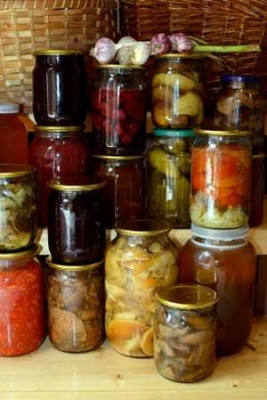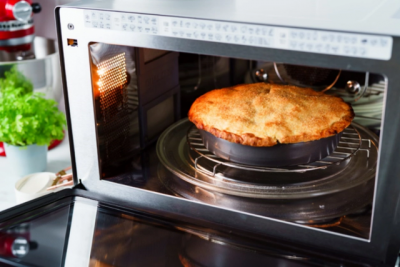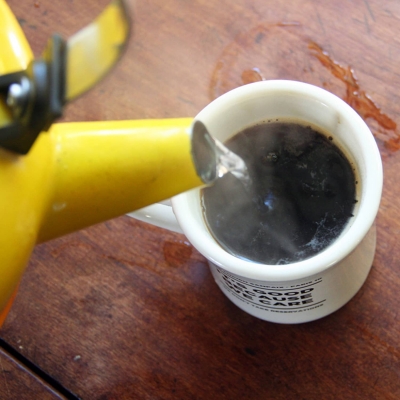
Any hacker who has ever bivouacked up a mountain will appreciate the advantages of freeze-dried ready meals. They are a quarter of the weight of fresh foods, remain tasty for years in sealed packages and can be eaten hot by adding boiling water.
The process was first used in the 1950s when the American government sponsored a scheme to provide lightweight ration packs for astronauts, explorers and the armed services.
The freeze drying process preserves food by rapid freezing, followed by complete dehydration to remove all the moisture. The food is placed in a tightly sealed chamber between hollow plates containing refrigerant liquid, which freezes the food while a high-powdered pump creates a vacuum.
When the food is frozen hard and the pump has removed nearly all the air, the cold refrigerant liquid in the hollow plate is replaced by warm gas. The ice in the food is then converted directly into vapour without first turning into the water.
To keep its nutrients, flavour and appearance, the food must be frozen as quickly as possible, but the drying process is quite slow. The steam is immediately removed by the vacuum pump, but the food takes about 20 hours to dehydrate completely. It must then be packaged to protect the contents during handling, and to seal out all oxygen and moisture.
The freeze drying process gives the food an open texture, and if oxygen enters, any fat becomes a rancid . If moisture gets in, microbes in the food group, causing it to decay like fresh food.
Because the food must be frozen rapidly, the best results are obtained with the food which is sliced or ground. Fish, meat, vegetables and fruit can all be freeze dried, but coffee and made up meals with chopped ingredients are particularly successful.
Today, improvements in technology have shortened the process and ‘accelerated freeze dried’ products are becoming more common. They are still expensive, but are extremely convenient when weight and lack of every refrigeration have to be considered. The are reconstituted by adding boiling water, and retain their nutrients, appearance and flavour very well for several years.
Picture Credit : Google











